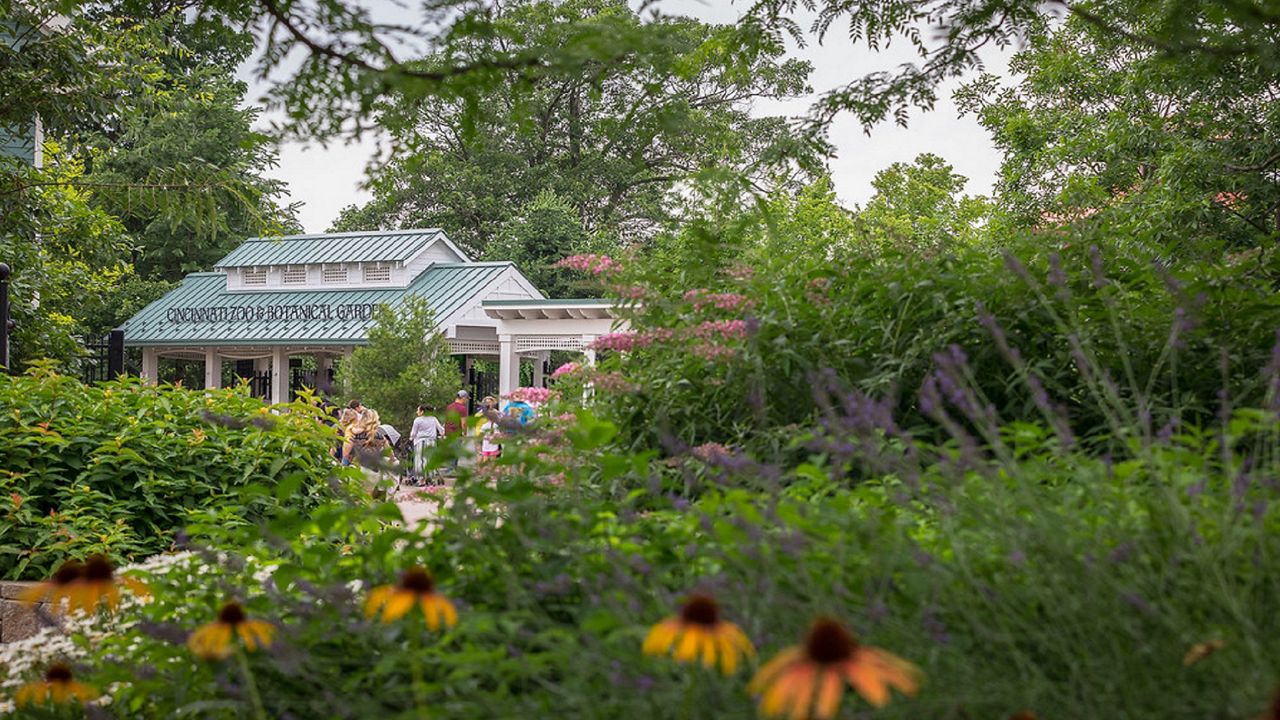CINCINNATI — The next step in the process to update Cincinnati’s guidebook to addressing climate change starts Tuesday night.
What You Need To Know
- A kickoff event for the update to the Green Cincinnati Plan will take place Tuesday at the Cincinnati Zoo and Botanical Garden
- The city uses the plan to inform decisions on policy related to climate change
- The process will take a year to complete and dozens of community groups and hundreds of residents will take part
- A final plan will require a vote by City Council
The City of Cincinnati will join dozens of nonprofits, environmental organizations and community groups over the next year to update the Green Cincinnati Plan.
The plan helps city officials consider ecological effects when deciding on everything from new housing developments to budget priorities. It contains a list of goals and recommendations for improving the climate resiliency of neighborhoods and improving overall environmental quality in Cincinnati.
The plan receives an update every five years. On Tuesday, the process for the 2023 update with a kickoff meeting in the education center at the Cincinnati Zoo and Botanical Garden.
From 6 to 8 p.m., a group of guests will take part in a series of discussions on the plan, first created in 2008.
The event will feature a session discussing local progress on climate change in recent years. The group will also help establish the process and goals of the 2023 update, as well as breakout sessions where guests can share their ideas.
The last update occurred in 2018. This update will look to consider Cincinnati’s changing needs related needs and incorporate the latest scientific data.
A major focus of this update is equity. That means ensuring people of differing backgrounds receive fair treatment and that resources go to those who need them most.
“We all walk on the same earth and live under the same sky, but climate change does not impact us all the same,” City Council member Meeka Owens said back in April.
Owens chairs the Climate, Environment and Infrastructure Committee, one of the first local government committees in the nation to prioritize climate change. She works closely with the city’s Office of Environment and Sustainability.
She referred to the update process as an “opportunity,” calling it a chance to create more walkable communities, invest in urban agriculture, enhance the tree canopy in neighborhoods and create more sustainable housing development.
“We know neighborhoods that are most negatively impacted by climate change tend to be those that are in Black and Brown communities and low-income residents,” Owens added.
The meeting is open to anyone who wants to attend. Organizers prefer those who plan to attend to register in advance for planning future events, but it is not required. A virtual attendance option (listen-only) is also available.
Over the course of the next year, the Green Cincinnati Plan steering committee will host a series of meetings based on certain themes. Themes include “built environment,” “education, outreach and advocacy,” “energy,” “food,” “natural environment,” “resilience,” “mobility” and “zero waste.”
During the last update, the city received over 1,400 comments from residents. Officials hope the number will increase this year because of a bigger emphasis on community engagement.
Times and dates for those meetings aren’t yet available. The city will post meeting updates on its Green Cincinnati Plan website.
In the meantime, residents can submit their recommendations by way of the 2023 GCP Recommendation Form. There’s also a Cincinnati-centric climate change survey.
There will also be an opportunity to provide feedback during the Midwest Regional Sustainability Summit on June 15 to June 17.
A draft of the Green Cincinnati Plan update should be available by the end of the year.. It will then require a vote by City Council, which should take place in spring 2023.
More information about the kickoff event is available on the RSVP website.



